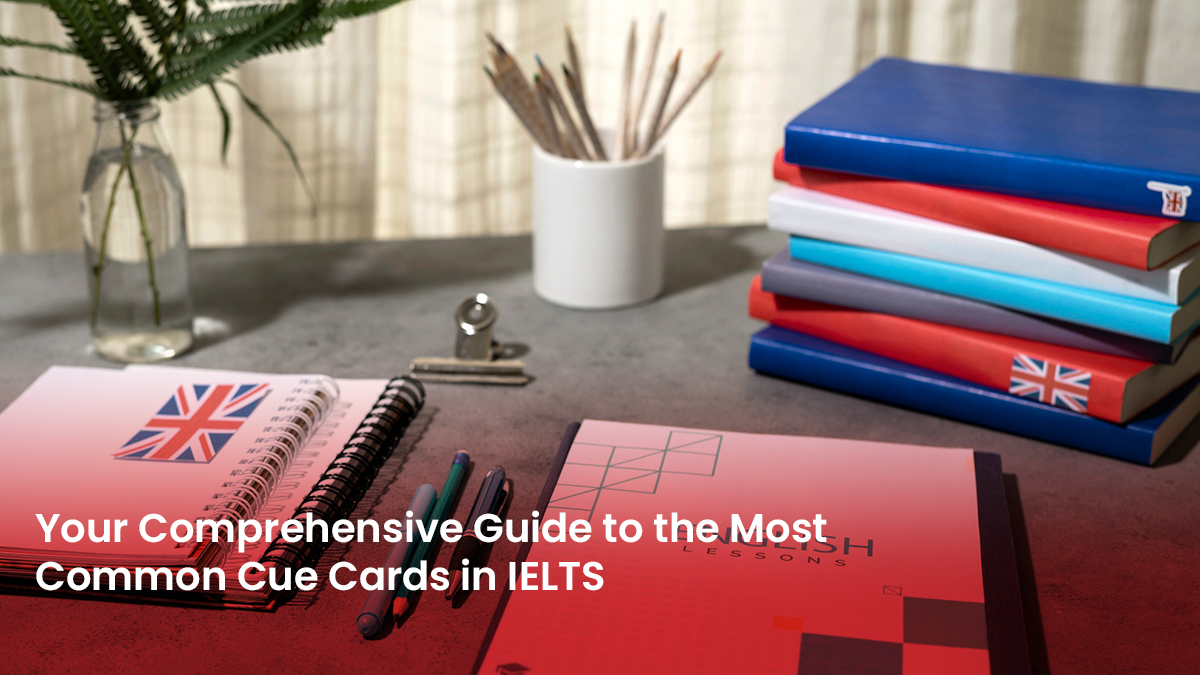The USA is a country with great opportunities and resources, attracting many people from all over the world. It offers a lot of benefits such as a high standard of living, a good education system, a safe environment, etc.
There are many factors to consider when deciding where to study in the USA. The key step is to research options and decide what type of program best suits your academic needs.
But how will you start? Take these brief steps to start chasing your American dream.
- You can start to research the different schools that offer programs that interest you. There are many schools in the USA that offer excellent programs for international students.
- After you have narrowed down your list of potential schools, research the application process. Each school has its own requirements, so it is important to make sure that you are familiar with the requirements.
- Understand the different types of visas that are available. The most common type of visa for students is the F-1 visa, which allows you to stay in the country for the duration of your studies.
- Once you have been accepted to a school, you need to start thinking about how you will finance your studies. There are many options available to international students, including scholarships, grants, and even loans.
Given all the research done, look at these lists of requirements on how to study in the US for you to consider when jumping from one country to another.
Pass the US College Admission Test
Given that you have done your research well, you need to complete the application form to take your Admission Test. You must include all the required details because if you leave anything blank, then you might end up missing out on certain scholarships or grants offered by the institution.
US College Admissions Criteria
For Undergraduate Programs
- Valid passport copy
- Recommendations
- School Transcript
- Essay
- Standard Test Scores
- SAT (Standardaized College Admission Tests) or ACT (American College Test
- English Proficiency Test Scores
- TOEFL
- IELTS
- iTEP
- PTE Academic
SAT (Standardaized College Admission Test) Test Format
| Order | Category | Duration (min) | Questions | Duration per question |
| 1 | Reading | 65 | 52 | 75 secs |
| 2 | Writing and Language | 35 | 44 | 48 secs |
| 3 | Math no Calculator | 25 | 20 | 75 secs |
| 4 | Math Calculator | 55 | 38 | 77 secs |
| 5 | Essay (Optional) | 50 | 1 | |
| – | Total: | 3 hrs 50 min
(3 hours w/o essay) |
154 (+1 essay prompt) | – |
ACT (American College Test) Test Format
| Order | Category | Duration (min) | Questions | Duration per question |
| 1 | English | 45 | 75 | 36 secs |
| 2 | Math | 60 | 60 | 60 secs |
| 3 | Reading | 35 | 40 | 52 secs |
| 4 | Science | 35 | 40 | 52 secs |
| 5 | Writing (Optional) | 40 | 1 prompt | 40 secs |
| – | Total: | 3 hrs 35 mins
(2 hrs 55 mins w/o essay |
215 + 1
Prompt |
– |
For Graduate Programs
- Valid passport copy
- Recommendations from professors
- Transcript from Batchelor’s degree studies
- Research proposal
- Statement of purpose
- Proof in finance- except for applying independently for assistantships of fellowships, proof shall be needed to show the full cost funding of your education.
- Test Scores
GRE (Graduate Record Examination) Test Format
| GRE Section | Time |
| Analytical Writing | 30 minutes per task |
| Verbal Reasoning | 30 minutes per section |
| Quantitative Reasoning | 35 minutes per section |
| Experimental or Unscored | Varies (30 or 35 minutes) |
| Optional Breaks | Approximately 12 minutes |
| Total | Approximately 4 hours |
GMAT (Graduate Management Admission Test) Test Format
| GMAP Section | Time |
| Quantitative | 62 minutes |
| Verbal | 65 minutes |
| Integrated Reasoning | 30 minutes |
| Analytical Writing Assessment | 30 minutes |
| Optional Breaks | 16 minutes |
| Total | 3 hours 23 minutes |
Pass the English Proficiency Test
When students from other countries want to study in the United States, they need to take an English proficiency test as part of their application to a university. The most common tests are the Test of English as a Foreign Language (TOEFL) and the International English Language Testing System (IELTS).
The TOEFL measures how well a student can use and understand English in an academic setting. The IELTS is similar but also assesses a student’s ability to read, write, and speak in English.
There are also several other less common tests that universities may accept. Students should check with their schools to see which tests they require.
International English Language Testing System (IELTS)
| Section | Duration |
| Listening | 30 minutes |
| Academic Reading | 60 minutes |
| General Training Reading | 60 minutes |
| Academic Writing | 60 minutes |
| General Training Writing | 60 minutes |
| Speaking | 11-14 minutes |
Test of English as a foreign language (TOEFL)
| Section | Duration |
| Reading | 54-72 minutes |
| Listening | 41-57 minutes |
| Speaking | 17 minutes |
| Writing | 50 minutes |
Pearson Test of English or PTE
| Section | Duration |
| Speaking and Wirting | 54-67 minutes |
| Reading | 29-30 minutes |
| Listening | 30-43 minutes |
International Test for English Proficiency (iTEP)
| Section | Duration |
| Reading | 20 minutes |
| Listening | 20 minutes |
| Grammar | 10 minutes |
| Writing | 25 minutes |
| Speaking | 5 minutes |
Letter of Acceptance from the University
An acceptance letter from a college or university indicates that the institution has reviewed your application and has decided to offer you admission. This letter will include important information such as your student ID number, housing details, and any financial aid that has been awarded to you.
Once you receive your acceptance letter, be sure to read it carefully and follow all instructions in order to finalize your enrollment.
Application for Visa
Indian students who applied to study in the US can apply for three types of visa.
| Visa Type | Definition | Amount (US Dollars) | Amount (India ₹) |
| F | Students (Academic) | $160 | ₹11520.00 |
| J | Exchange Visitors | $160 | ₹11520.00 |
| M | Students (Vocational) | $160 | ₹11520.00 |
Requirements
- At least six months of validity of the passport
- Copy of DS-160 via online application form
- SEVIS fee Receipt
- Interview Appointment Letter (original and copy)
- Form I-20 applying for university
- Visa receipt
- Parents or Guardian’s Bank statement for at least one year
- Salary slip of Parents or Guardian
- Provisional Certificates
- Score sheet of exam test: IELTS. TOEFL, GMAT, PTE or iTEP
Financial Proof
Applying for college can be daunting, especially for students who are applying to schools in the United States. One of the requirements for many colleges is proof of financial ability to pay for tuition and living expenses.
For international students getting F1 Visa, this typically means providing a bank statement or other financial documentation that shows that you have the necessary funds available. If you’re unable to provide proof of financial ability, you may still be able to apply for financial aid or scholarships.
However, it’s important to research the requirements of each college you’re interested in and make sure you understand the admission process before you begin your college application.
Proof of liquid assets
- Last three years’ Original Tax Returns (Form 16)
- Bank record for three years or fixed deposit statements of your sponsor or parents
- Pay slips, employment letters
- Chartered Account Statements
- Scholarship joined as written on your I-20
- Asset Documents
There is no single perfect school for everyone; every student has different needs and preferences. Do your research carefully and take your time making a decision. The US education system offers many great opportunities!
Don’t just focus on your academics alone. Make sure that your extracurricular activities reflect your passions and values. Keep in mind that the admissions process is holistic, so don’t forget to tell your story in your application essay.



























